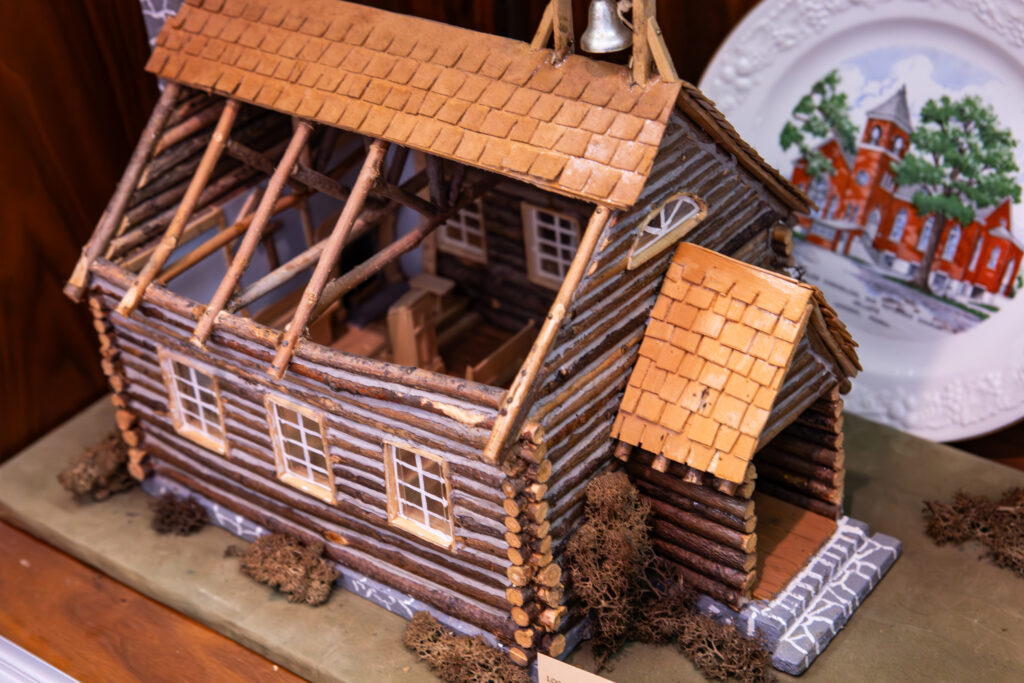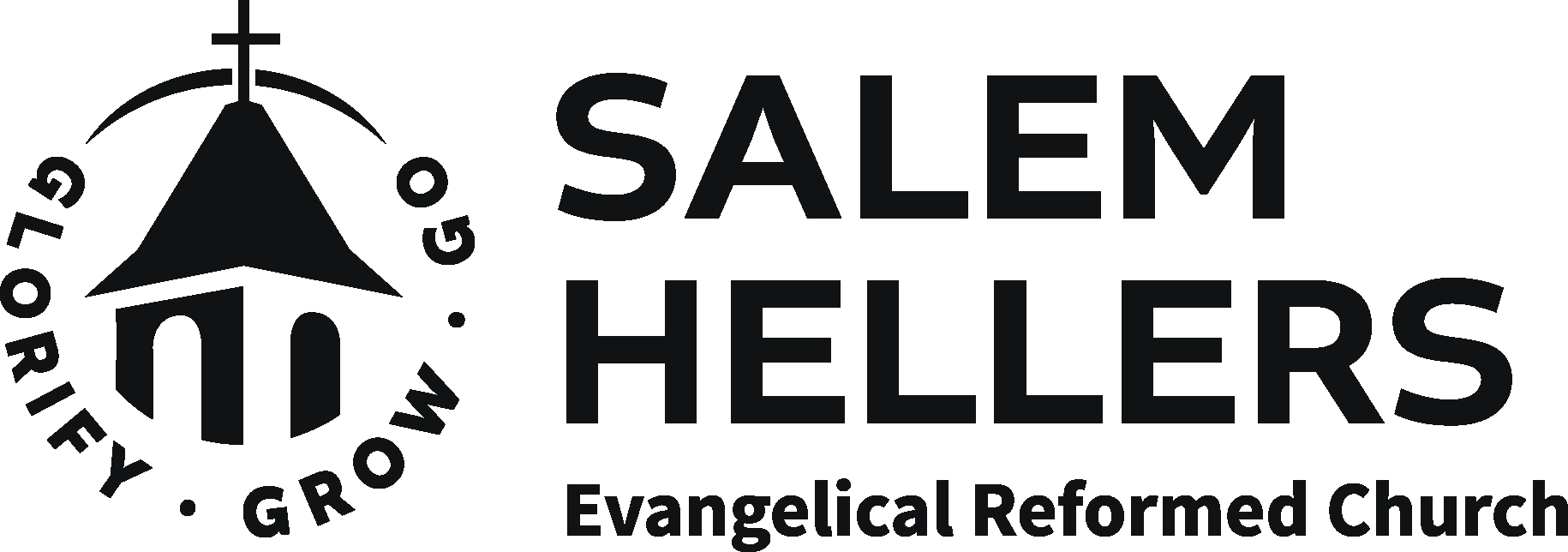History
Our History

Throughout Europe during much of the 16th, 17th, and early 18th centuries a great amount of religious unrest, persecution, high land taxes, land laid waste from wars, and living under Feudalism was a part of life. Maintaining the doctrines of Reformation proved difficult in the rich, productive Palatinate (Southern) region of Germany along the Rhine. In contrast a new, undeveloped country, America, was offering a chance for freedom and particularly William Penn encouraged development in his vast land grant.
Lancaster County, once a section of Chester County (which was known as Conestoga), was established in 1729. The future city of Lancaster was established in 1730. However, Salem Church was already a place of worship for the Palatinate German settlers. At the time most settlers who arrived here were unable to read or write and since their ministers remained behind, they designated ‘readers’ to lead the services. One such leader was John Conrad Templeton, a pious tailor, who read devotions and pre-written sermons, and led singing and prayer for the small gathering. His efforts of organization were fruitful, and as a layman writing to the Church Synod of Holland in 1733 mentions, “The church of Conastocka (sic) had its origin in the year 1725 but on account of lack of a minister, without the administration of baptism and Lord’s Supper.”

Unfortunately, as these new congregations were organized, good record keeping did not have high priority and some records were lost. Undoubtedly Salem Church at Hellers is the earliest Reformed church in this county and perhaps one of the earliest Reformed churches in this country.
Their first log house of worship was built in 1722, repaired in 1803, rebuilt and enlarged in 1838, and then in 1860 a more permanent masonry structure was built.
John Philip Boehm, born 1683 in Germany, son of a Reformed minister, had been a schoolmaster in his homeland. By popular demand he reluctantly consented to begin a ministry in Philadelphia County. Word of Boehm’s success as an organizer, leader, and minister spread west where he had been invited to visit and service congregations in the Conestoga district. In a letter to the Classis of Amsterdam dated January 14, 1739, he writes: “This district of Conestoga is very extensive. The first congregation which has gathered here I call Berg Kirche (Hill Church)”. Boehm served them first in 1727 and after ordination in 1729 administered baptism and communion for two more years, but distance was a factor: “twenty-one hours to travel about sixty-three miles” from his Philadelphia County charges.
Rev. Joseph H. Dubbs, D.D. further notes: “The earliest deed may possibly be lost, but there is a grant dated February 11, 1743, from Philip Scott to John Line and Michael Weidler of two acres of land adjoining to Jacob Hillier’s (Heller’s) land whereon the meeting house now stands for the use of the same church in Leacock.” Upper Leacock Township wasn’t established until 1843. Michael Weidler’s red sandstone marker with an hourglass, skull and crossbones, can still be found in the churchyard, where it was placed in 1770.
The Rev. Daniel Hertz became pastor at Heller’s in 1830, holding his first communion May 22, 1831, with a congregation that numbered sixteen. At that time, it was a small log church with a dirt floor and flat wooden benches which occasionally offered public worship, but no regular pastor had been stationed there. One service every four weeks, and those exclusively in German, was all Pastor Hertz could give Salem Church. Starting in 1838 the
congregation had a choice of attending either German or English sermons.
Consequently, English later dominated. It is noteworthy that in 1846 a Church School was founded by the church members who were interested in what was then a new type of activity. Since there was no such thing in the community, it was regarded with suspicion, however it prospered and led to further church growth.
In 1867 Rev. Darius William Gerhard became pastor of Salem Church, succeeding Pastor Hertz. Beginning in 1896, a new sanctuary and bell towers were added to the 1860 structure. The church and church school continued to grow and in 1898 Salem was constituted a charge by itself, making Rev. Gerhard the first full time minister. In 1934 additional room was made available for the church school by excavating under the floor of the existing church. A new educational building was attached in 1958, and a center aisle was created in the sanctuary.
Major remodeling in 1973 of the sanctuary included enlarging the foyer, adding rooms in the lower level for choir and church offices, and a small chapel. Taking advantage of modern technology, air conditioning for the sanctuary was installed in 1976. In 1995, an elevator, archives display room, and other handicap accessibility additions were added to the front of the church.
The church was originally the property of the German Reformed Church of the United States. In 1934 they merged with the Evangelical Synod of North America. In 1961 a vote of approval was taken by the Lancaster Synod (which included churches in Lancaster, Lebanon, and Dauphin Counties) for the merger of the Evangelical and Reformed Church into the formation of the United Church of Christ. In 2006, Salem Hellers voted to drop the UCC affiliation due to differences in beliefs and became independent, renaming itself Salem Evangelical Reformed Church, Hellers. Incidentally, the word “Salem” refers to the word “Peace” whereas “Hellers” refers to “in the vicinity” of the Heller farm, an early geographical term just as there used to be a Hellers railroad station located nearby.
